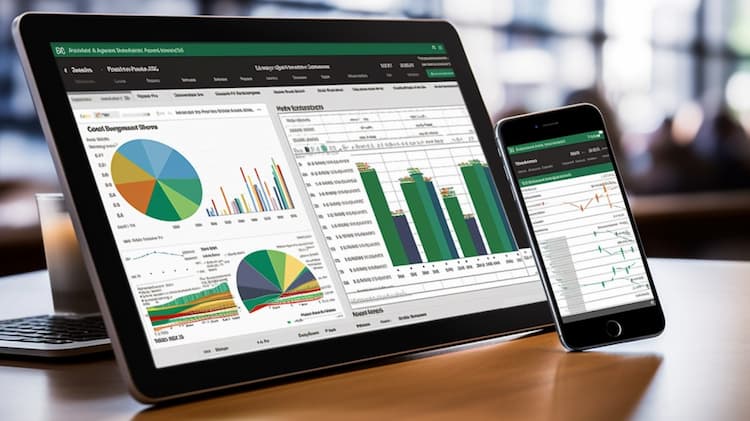CID ISSUER
The VictoryShares International High Dividend Volatility Wtd ETF (CID) is managed by Victory Capital Management Inc. This ETF aims to achieve its investment objective by investing at least 80% of its assets in the securities included in the Nasdaq Victory International High Dividend 100 Volatility Weighted Index. The index is exclusively maintained by Nasdaq, Inc., and it combines fundamental criteria with individual security risk control through volatility weighting. Victory Capital Management Inc. employs a statistical optimization process to build a portfolio that closely mirrors the characteristics of the index.
CID DIVIDEND
CID Dividend is an exchange-traded fund (ETF) that provides investors with exposure to a diversified portfolio of dividend-paying stocks. This ETF follows a clear dividend distribution policy, with distributions typically occurring on a quarterly basis. The eligibility for these dividends is based on the performance of the underlying companies held in the ETF's portfolio. Companies within CID Dividend are selected for their consistent dividend track records, ensuring that investors have the potential to receive regular income from their investment. Investors looking for a balance between dividend income and capital appreciation may find CID Dividend to be a suitable option.
CID TRACKING
Tracking the Nasdaq Victory International High Dividend 100 Volatility Weighted Index (CID) is the primary objective of this ETF. The fund seeks to achieve this objective by investing at least 80% of its assets in securities included in the CID Index, a volatility-weighted index maintained exclusively by Nasdaq, Inc. The CID Index combines fundamental criteria with individual security risk control through volatility weighting, selecting the 100 highest dividend-yielding stocks from the Nasdaq Victory International 500 Volatility Weighted Index. These stocks are weighted based on their daily standard deviation, with lower volatility receiving higher weightings. The Index primarily includes developed market foreign companies, reconstituted semi-annually to limit exposure to specific countries and sectors. The ETF aims to mirror the Index's returns before fees and expenses through a sampling process, providing investors with exposure to high-dividend-yielding international stocks with lower volatility.
CID CORRELATION
The correlation dynamics of the CID ETF in relation to other market indices or assets would require a detailed analysis. For those interested in diving deeper into the correlation aspects of CID and understanding its behavior in the context of the broader market, the ETF insider web app is an indispensable tool. It offers comprehensive data on every US ETF, including CID, and its visualization capabilities make it easier for investors to grasp overlaps, correlations, and other vital metrics.
CID SECTOR
The CID ETF seeks to achieve its investment objective by investing, under normal market conditions, at least 80% of its assets directly or indirectly in the securities included in the Nasdaq Victory International High Dividend 100 Volatility Weighted Index. This index comprises foreign companies organized or domiciled in developed countries, excluding the U.S. and emerging markets, and whose stocks primarily trade on foreign exchanges. The CID Sector ETF focuses on high dividend yielding stocks within this index, weighting them based on their daily standard deviation to control individual security risk. The sector and country exposure of the ETF is adjusted to limit any particular sector to 25% and any particular country to 20%, providing a diversified approach to international investing.
CID EXPOSURE
The specific exposure details of the CID ETF in terms of markets, regions, and sectors would require a thorough review. For investors keen on understanding the intricate exposure dynamics of CID, the ETF insider web app stands as a valuable resource. This platform provides in-depth data on all US ETFs, including CID, and its user-friendly visualization tools allow for a clear understanding of overlaps, correlations, and other essential metrics.



